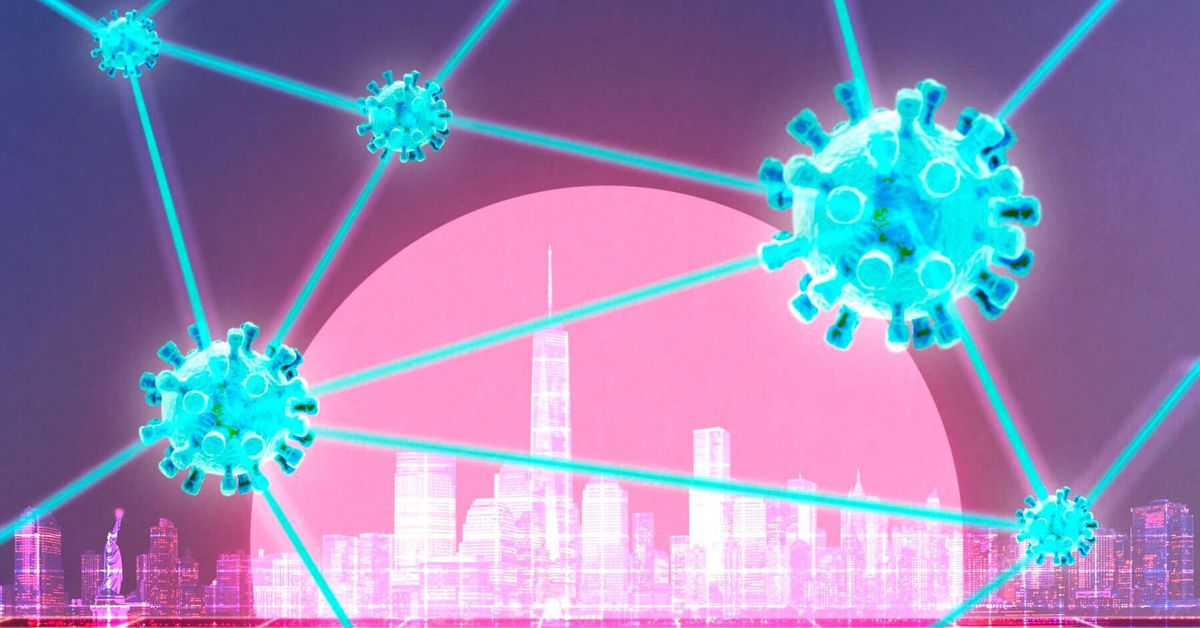IRL.This acronym has become shorthand for the regular, offline human existence in which we all participate, a realm lying outside of that new digital

IRL.
This acronym has become shorthand for the regular, offline human existence in which we all participate, a realm lying outside of that new digital alternative to which investors, entrepreneurs and media commentators are increasingly drawn: the metaverse.
“In real life” evokes a place where our bodies are physically present, one in which we actually live. It also implies, by extension, that the metaverse is unreal.
That might seem perfectly logical to you. If so, Ben Hunt is here to tell you you’re wrong.
You’re reading Money Reimagined, a weekly look at the technological, economic and social events and trends that are redefining our relationship with money and transforming the global financial system. Subscribe to get the full newsletter here.
The always thought-provoking essayist, whose writings at Epsilon Theory have brought poetry, philosophy and communication theory to the analysis of economic and financial phenomena, has penned a tour de force – the first of a three-part series – that calls on us all to urgently address what’s happening with the metaverse. Why? Because it’s as real as everything and anything that defines our civilization.
Hunt tells us to focus on the narrative-building work that’s starting to give the metaverse shape in our minds. It’s related to an idea we’ve often visited in Money Reimagined’s newsletter and podcast: that the institutions that define who we are and how we live – our religions, nations, laws, identities and, yes, our money – are social constructs, the product of shared stories that we all tacitly and often subconsciously believe in. Like Yuval Harari – whose work on the power of stories I often cite – he knows that, far from being a reason to doubt their legitimacy, the collective belief in made-up ideas is what gives these institutions their power.
Still, as powerful as these narratives are, they can change. They can be supplanted by new ones. Author Neil Gaiman said, “Ideas are more difficult to kill than people, but they can be killed, in the end.” Hunt reminds us that “slavery used to be a thing. Settling your differences through dueling used to be a thing. The divine right of kings used to be a thing” and that “Littering was not a thing. Owning pets was not a thing. Privacy was not a thing.”
Heck, 30 years ago “the internet” wasn’t a thing. And by that I don’t mean the routers, switches, fiber-optic cables and Wi-Fi modems that connect computers and enable the distribution of bits and bytes. I mean the abstract “place” where public discourse happens, where new forms of communities arise, where life is monitored, assessed and acted upon. That internet is a concept we collectively dreamed into existence.
Similarly, the metaverse will come to occupy a prominent, influential place in our imagination.
This won’t happen instantaneously. Its shape, meaning and impact on our lives will evolve over time – an evolution that individual human beings can and will influence.
Hunt offers an analogy here: Our future engagement with the metaverse could mimic how, with the help of science, we came to accept the real existence of an unseeable “microverse:” that realm of viruses, parasites and other microbes that we’ve since learned how to manipulate, sometimes in sinister ways.
He warns of the internet equivalent of gain-of-function research, where scientists have developed the power to alter the genetic mutation of microorganisms, singling out Facebook’s Mark Zuckerberg as someone with an outsized (and unwarranted) capacity to steer the evolutionary direction of the metaverse. It’s up to us, Hunt writes, to ensure that this emerging real phenomenon serves humanity’s broad interest.
A real alien lifeform
Much of this way of thinking is familiar to me. I was lucky enough a few years back to be asked by digital media entrepreneur Oliver Luckett to be his co-author for “The Social Organism,” a book that views social media as a de facto biological phenomenon. Luckett helped me see that just as genes drive biological evolution, so, too, is the evolution of human culture shaped by memes. This is more than Twitter ideas shaping conversation. Richard Dawkins introduced the idea of memes in his 1975 book “The Selfish Gene” to posit that the spread of human ideas flows from competition between these core “units of replication.” The Social Organism argues that the internet has taken this process into overdrive.
Hunt’s essay takes that biological reference even further.
“Narratives are as real and as alive as you and me,” he writes. “When I say that narratives are alive, I don’t mean this as a metaphor. I truly believe that narratives are an alien lifeform in exactly the same way that viruses are an alien lifeform.”
Narratives are an alien lifeform? Note that Hunt is using the word “alien” to mean something that’s incomprehensible to us initially. Both narratives and viruses, he says, aren’t…
www.coindesk.com
